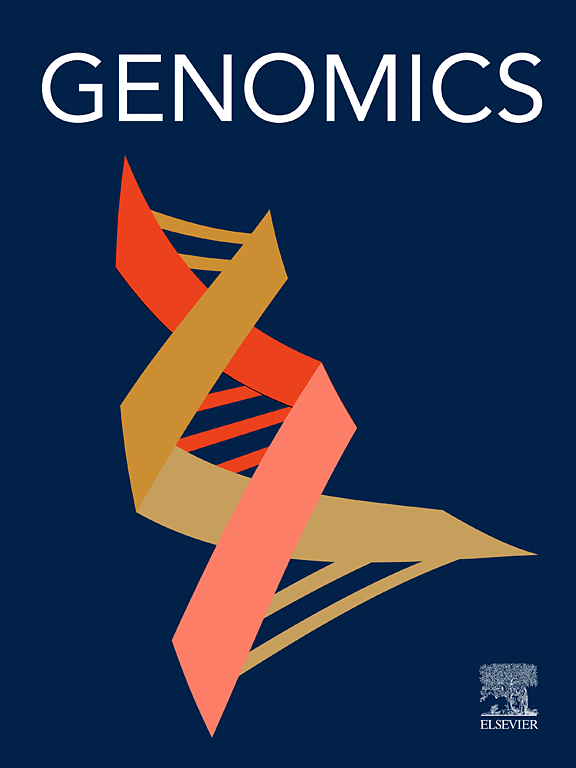在猪胚胎中导航基因编辑:方法、挑战和未来展望
IF 3.4
2区 生物学
Q2 BIOTECHNOLOGY & APPLIED MICROBIOLOGY
引用次数: 0
摘要
基因编辑技术,特别是CRISPR/Cas9,已经成为基因修饰的变革性工具,显著推进了猪胚胎在生物医学和农业研究中的应用。本文综述了基因编辑和传递方法的各种方法,如体细胞核移植(SCNT)、显微注射、电穿孔和脂肪转染。本文综述了使用不同生物来源(体内与体外卵母细胞/胚胎)的优点或局限性。利用精子介导的基因转移(SMGT)和睾丸介导的基因转移(TMGT)对雄性生殖细胞进行操作是生产转基因动物的创新方法。尽管这些技术已经彻底改变了基因工程领域,但所有这些策略都面临着挑战,包括高脱靶率和嵌合现象。这篇综述强调需要改进这些方法,重点是减少马赛克和提高编辑精度。进一步的进展对于释放基因编辑在农业应用和生物医学创新方面的全部潜力至关重要。本文章由计算机程序翻译,如有差异,请以英文原文为准。
Navigating gene editing in porcine embryos: Methods, challenges, and future perspectives
Gene editing technologies, particularly CRISPR/Cas9, have emerged as transformative tools in genetic modification, significantly advancing the use of porcine embryos in biomedical and agricultural research. This review comprehensively examines the various methodologies for gene editing and delivery methods, such as somatic cell nuclear transfer (SCNT), microinjection, electroporation, and lipofection. This review, focuses on the advantages or limitations of using different biological sources (in vivo- vs. in vitro oocytes/embryos). Male germ cell manipulation using sperm-mediated gene transfer (SMGT) and testis-mediated gene transfer (TMGT) represent innovative approaches for producing genetically modified animals. Although these technologies have revolutionized the genetic engineering field, all these strategies face challenges, including high rates of off-target events and mosaicism. This review emphasizes the need to refine these methods, with a focus on reducing mosaicism and improving editing accuracy. Further advancements are essential to unlocking the full potential of gene editing for both agricultural applications and biomedical innovations.
求助全文
通过发布文献求助,成功后即可免费获取论文全文。
去求助
来源期刊

Genomics
生物-生物工程与应用微生物
CiteScore
9.60
自引率
2.30%
发文量
260
审稿时长
60 days
期刊介绍:
Genomics is a forum for describing the development of genome-scale technologies and their application to all areas of biological investigation.
As a journal that has evolved with the field that carries its name, Genomics focuses on the development and application of cutting-edge methods, addressing fundamental questions with potential interest to a wide audience. Our aim is to publish the highest quality research and to provide authors with rapid, fair and accurate review and publication of manuscripts falling within our scope.
 求助内容:
求助内容: 应助结果提醒方式:
应助结果提醒方式:


